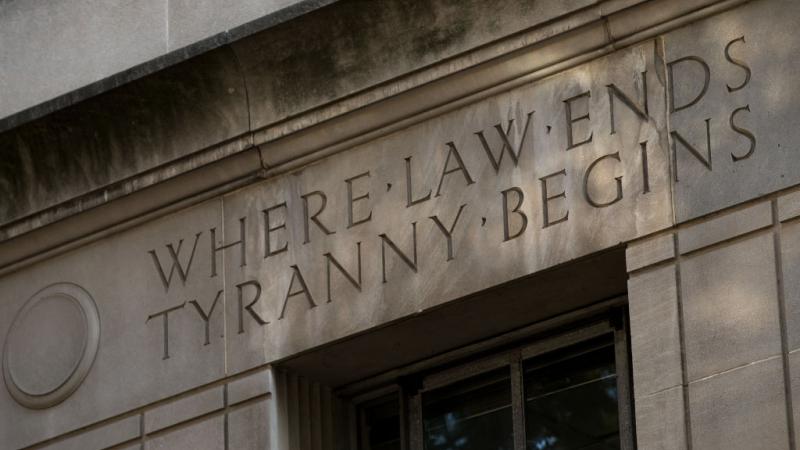Scientists announce ‘previously unknown’ human ancestor that interbred with modern humans
"Nesher Ramla Homo" hunted, used tools, maintained fires.
Scientists this week announced the bombshell discovery of a newly identified human ancestor, one that lived alongside both Neanderthals and anatomically modern human beings tens of thousands of years ago.
The international team of nearly two dozen scientists announced their findings in a paper published in the journal Science revealing "evidence of a previously unknown archaic Homo population," what they dubbed the "Nesher Ramla Homo."
Archaeological evidence from Israel and dated to as much as 140,000 years ago revealed "the presence of a previously unrecognized group of hominins representing the last surviving populations of Middle Pleistocene Homo in Europe, southwest Asia, and Africa."
The newly discovered lineage "had fully mastered technology that until only recently was linked to either Homo sapiens or Neanderthals," the scientists said. "Nesher Ramla Homo was an efficient hunter of large and small game, used wood for fuel, cooked or roasted meat, and maintained fires."
The findings indicate "cultural interactions between different human lineages during the Middle Paleolithic," suggesting that interbreeding between the newly discovered Homo line and modern human beings was already occurring during the years in question.















